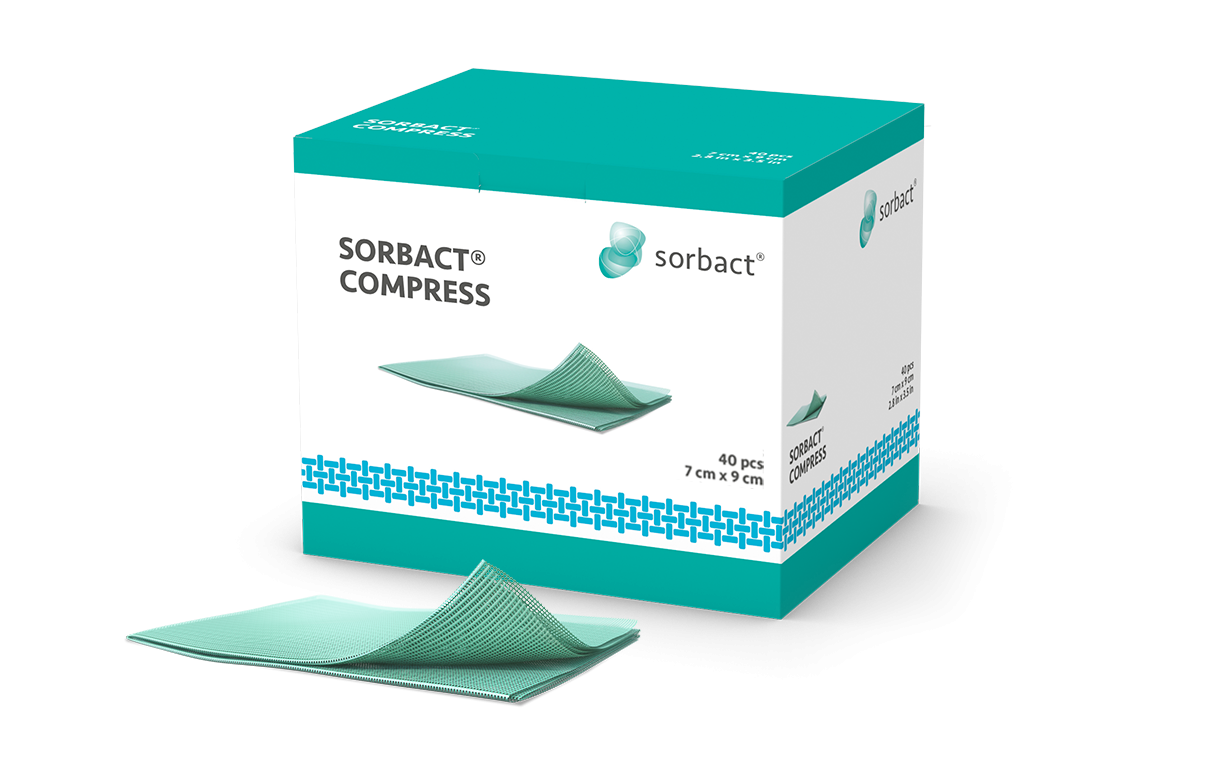
Sorbact Compress
Bacteria and fungi binding wound dressing
Sorbact Compress is a DACC™-coated, non-absorbent bacteria and fungi binding wound contact layer, based on Sorbact Technology, that allows passage of wound exudate into a secondary dressing.
Reduces bioburden in superficial and deep wounds
Sorbact Compress is a DACC™-coated, non-absorbent bacteria and fungi binding wound contact layer, based on Sorbact Technology, that allows passage of wound exudate into a secondary dressing. Sorbact Compress prevents and treats wound infections[1]View reference information [2]View reference information and facilitates the wound healing process.
Intended purpose: Sorbact Compress is intended for use in management of clean, contaminated, colonized or infected exuding wounds, such as surgical wounds and traumatic wounds. Sorbact Compress can be used on both superficial and deep wounds. For managing exudate, Sorbact Compress should be used together with a secondary dressing appropriate for the exudate level.

Bacteria-binding surface
The unique Sorbact surface binds bacteria from the wound, helping it to heal and preventing infection.
How to apply Sorbact Compress
-

Clean the wound as instructed by your vet. Choose a suitable dressing size. The dressing can be folded to a suitable size and can overlap the wound edges if necessary. Remove the dressing from the packaging using an aseptic technique. Use sterile scissors if the dressing needs to be cut. Any remaining opened and unused parts of the dressing should be discarded.
-
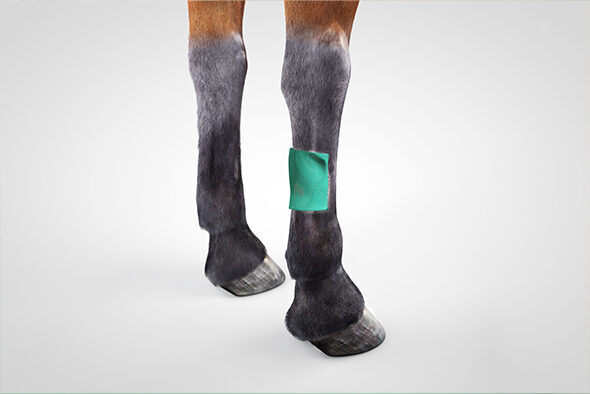
Apply the dressing. Ensure that it is in direct contact with the entire wound surface. If there is a wound cavity, fold and fluff up one or more dressings and dress/fill the cavity. Avoid packing it too tightly.
Choose an occlusive dressing according to how much the wound is exuding.Light to moderate exudation, use Cutimed Siltec Sorbact or Sorbact Absorption. Severe exudation, use Sorbact Superabsorbent. -
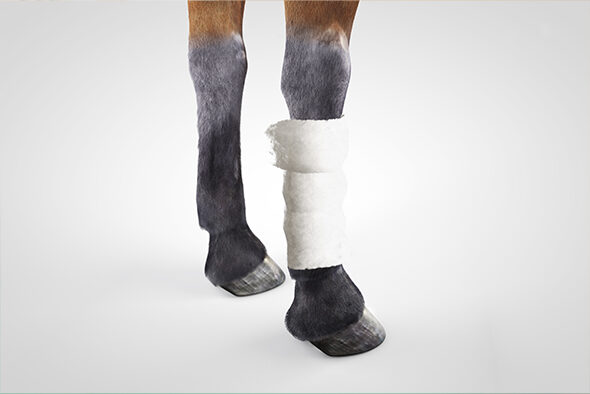
Redressing suggestions: Re-affix with gauze, thin cotton, or Softban.
-
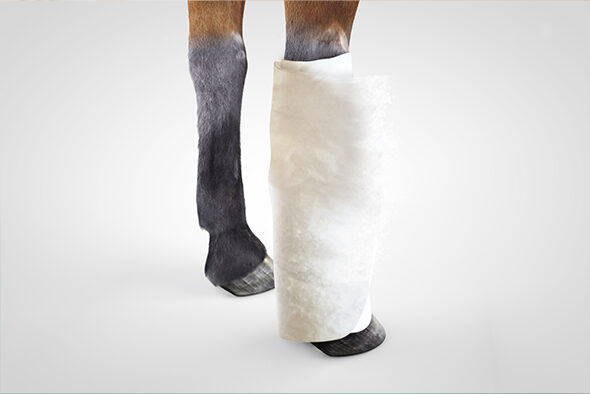
Place cotton around the leg.
-
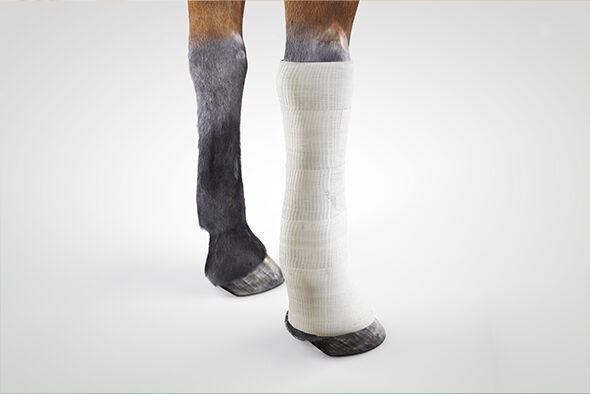
Place gauze around the cotton, first loosely and then gradually tighter, to stabilize the bandage. Tie with a small knot on the front of the leg or side of the tibia to avoid pressure on the tendons.
-
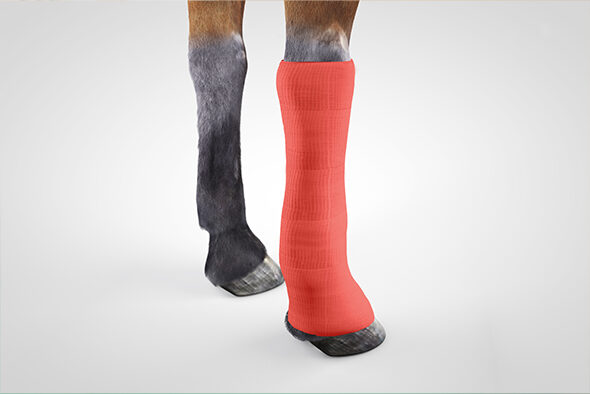
Vetwrap: Begin with the middle of the bandage, before moving downwards and then upwards. Not too tight; you should be able to insert your finger between the bandage and the leg once you have finished. Never bind Vetwrap directly onto the fur, as it could injure the leg.
The dressing change frequency depends on exudate levels and the overall condition of the wound and surrounding skin. Should the clinical condition allow, the dressing can be left in place for up to 7 days. For detailed product information, contraindications, precautions and warnings, please read the applicable Instructions for Use (IFU) prior to use.
Sorbact Compress is available in three sizes
| Artikelnummer | Storlek | Antal per förpackning |
|---|---|---|
| 98128 | 4 × 6 cm | 40 |
| 98125 | 7 × 9 cm | 40 |
| 98124 | 10 × 100 cm roll | 10 |
- Used in professional healthcare
- Does not emit active substances into the wound
A selection of the Sorbact product range is available at your pharmacy. If you are a vet, you can simply order via your wholesaler.
References
-
Stanirowski PJ et al. Randomized controlled trial evaluating dialkylcarbamoyl chloride impregnated dressings for the prevention of surgical site infections in adult women undergoing cesarean section. Surg Infect (Larchmt). 2016;17:427-435.
External link to reference1 (Opens in new tab) Back -
Kammerlander G et al. An investigation of Cutimed Sorbact as an antimicrobial alternative in wound management. Wounds UK. 2008;4:10-18.
External link to reference2 (Opens in new tab) Back
